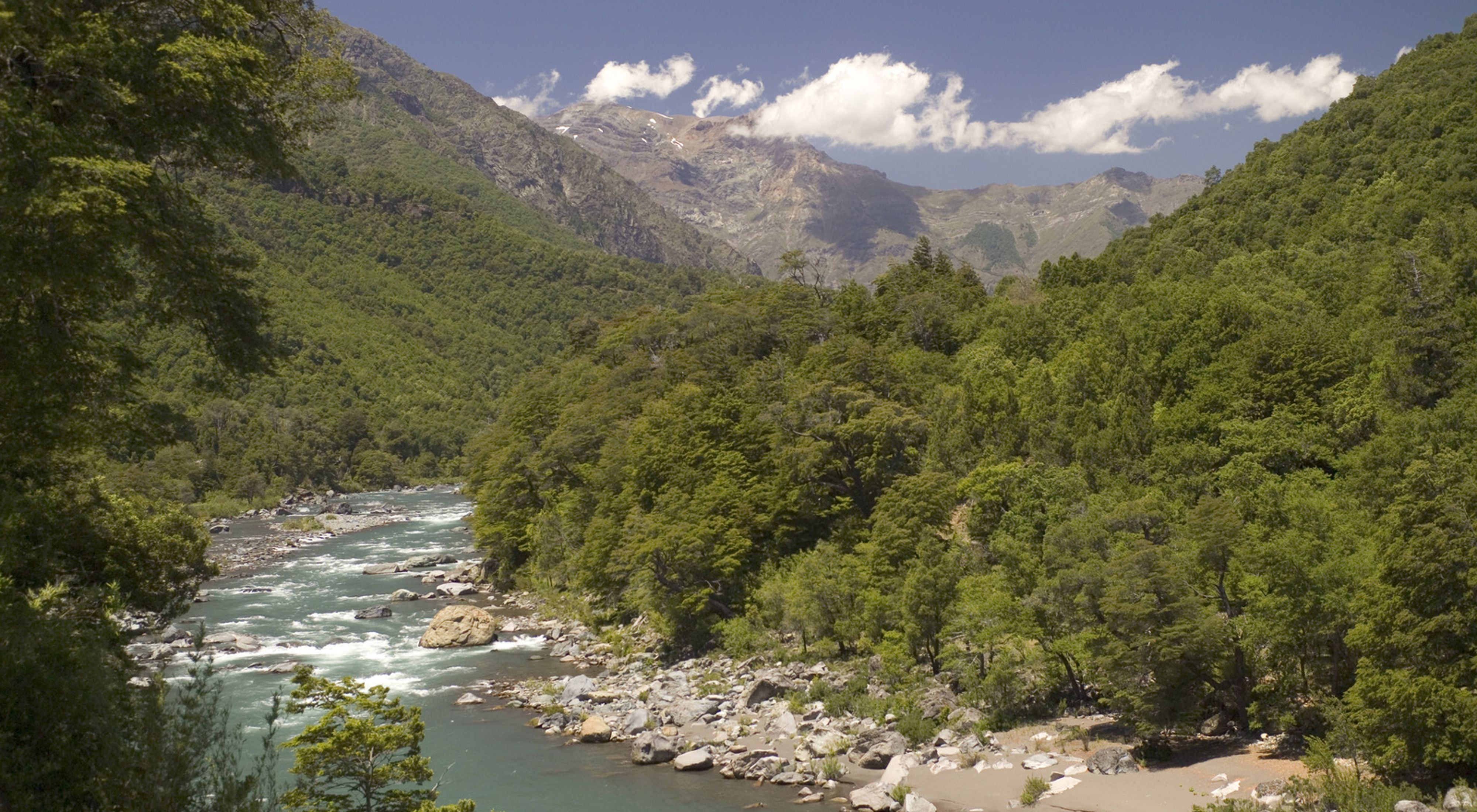The Challenge
One in eight people in Latin America lack access to clean drinking water—that’s more than 77 million people. Protecting and restoring nature’s ability to provide the clean water that is crucial for our lives and our economic development can help turn the tide on clean water shortages around the world.
Forests and grasslands filter, clean, and keep water flows steady in watersheds across Latin America. But when those forests and grasslands are degraded or destroyed, they lose their ability to provide people up- and downstream with clean water.
The Commitment
The Nature Conservancy is working to help restore the natural systems that produce and filter water across Latin America, through a new public-private partnership attempting to restore 7 million acres of critical watersheds in Ecuador, Colombia, Peru, Brazil, Mexico and other countries.
The Latin American Water Funds Partnership—launched by The Nature Conservancy, FEMSA Foundation, the Inter-American Development Bank and the Global Environment Facility —shares a common vision for the future: preserving and restoring watersheds and helping protect important water supplies in the region. FEMSA Foundation is committing $5 million dollars over 5 years towards the development of Water Funds in the region.
Water Funds are an innovative way to finance the protection and restoration of forests and grasslands surrounding the watershed, to help provide clean water to millions in cities and villages across Latin America. The Conservancy has pioneered the use of Water Funds in several Latin American cities, and the impacts have already been enormous.
Solutions in Action
Currently, FEMSA Foundation’s contributions have supported Water Fund development around the region, including watersheds such as:
- Valle del Cauca, Colombia: The Cauca Valley Water Fund protects Andean forests and grasslands, and help preserve freshwater resources for more than 900,000 residents in five towns. The fund was established through a multi-sector partnership that involved private businesses, environmental authorities, NGOs, grassroots groups and local government.
- Colombia’s sugarcane association ASOCAÑA, the local environmental authority Corporación Autónoma, the Conservancy and nine grassroots organizations launched the East Cauca Valley Water Fund in June 2009. The Fund supports the conservation of moist tropical forests and mountain grasslands surrounding 11 river basins that provide drinking water to 900,000 people in Palmira, El Cerrito, Pradera, Florida, Tulua, Buga and Miranda. These western-Colombian cities are in the buffer zones of Las Hermosas National Park and several regional protected areas that provide essential habitat for many endangered species.
- Bogotá, Colombia: Launched in April 2008, the Bogotá Water Fund is expected to raise $60 million over the next ten years through voluntary contributions that will finance conservation of tropical Andean forests. These forests line watersheds that supply 8 million people in Bogotá with their drinking water.
Meanwhile, the city’s water treatment facility could save up to $4 million every year because trees will be doing a large portion of their filtering work for them. And habitat will be protected for endangered spectacled bears and Andean condors. - São Paulo, Brazil: Half of São Paulo’s population — roughly 9 million people — drink water from the Cantareira Water System in Brazil’s Atlantic Forest. The Cantareira is one of the world’s largest water systems, but deforestation from farming, ranching, and logging upstream has caused water quality and quantity to drop in recent years.
To help solve this problem, the Partnership supports the Water Producer Program in Piracicaba-Capivari-Jundiaí Watershed, through which municipalities in this watershed directs funds collected from water users to pay farmers and ranchers who protect or restore riparian forests on their lands. Landowners are earning about $40 per acre per year for the water their forests are producing and filtering.
Other watersheds FEMSA Foundation has supported include Monterrey and Chiapas, in Mexico; and Medellín in Colombia.
A Sustainable Future
With a growing portfolio of 32 water funds initiatives in various stages of development, the Latin American region has seen a steady source of funding that has already led to conservation on a significant scale. More than 7 million acres of watersheds are in a good path to be preserved and protected, generating clean and healthy drinking water for nearly 40 million people.
Together, the Conservancy and FEMSA Foundation are working to expand the reach of the Partnership to other major water sources in the area. Their collaboration has brought continued success in drawing new corporate supporters into the initiative. Only through the joint commitment of the public and private sectors will true success be achieved for the people and ecosystems of Latin America.
